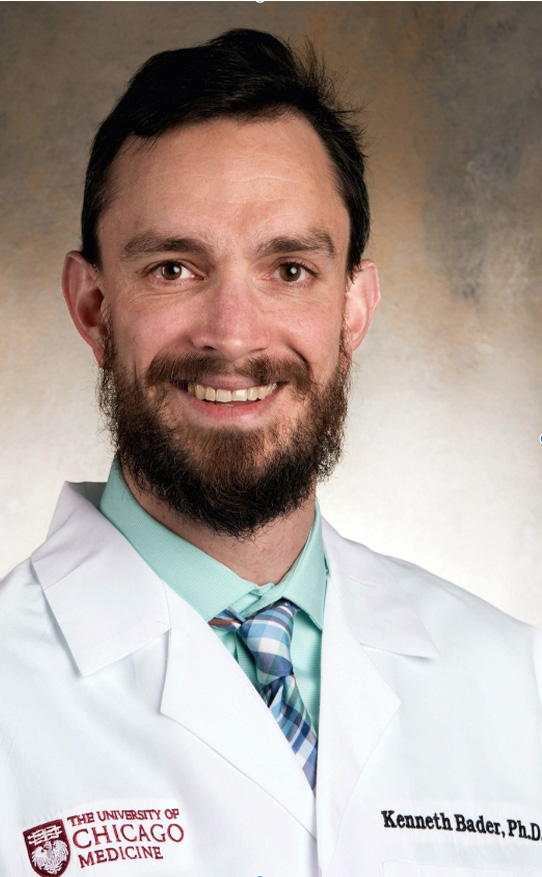Mechanical Tissue Disruption with Focused Ultrasound
T Khokhlova1*, A Maxwell1*, K Bader2*, (1) University of Washington, Seattle, WA, (2) University of Chicago, Chicago, IL
Presentations
2:17 PM Cavitation Control in Burst Wave Lithotripsy of Kidney Stones: A Delicate Balance - A Maxwell, Presenting Author
2:34 PM The Development of Metrics to Gauge Treatment Outcomes from Mechanical Ablation with Focused Ultrasound - K Bader, Presenting Author
2:51 PM Q&A - A Payne, Presenting Author
WE-D-TRACK 4-0 (Wednesday, 7/28/2021) 2:00 PM - 3:00 PM [Eastern Time (GMT-4)]
Ablation is among the primary tools for interventional procedures. Focused ultrasound is gaining traction for noninvasive ablation in oncological and urological applications. Early stage focused ultrasound technologies relied on heating to achieve ablation, but more recent developments indicate ultrasound-induced mechanical effects can also be utilized to achieve the desired clinical outcomes. Acoustic cavitation is the most prominent mechanical effect induced by ultrasound for therapeutic purposes. Histotripsy is a focused ultrasound technology that generates cavitation spontaneously to disintegrate soft tissues. Histotripsy has some advantages over its thermal counterparts, including its ability to ablate large and highly vascularized and large tumors with specialized sources. Cavitation also plays a role for breaking down kidney stones. Burst wave lithotripsy (BWL) is an experimental treatment that uses sinusoidal focused ultrasound pulses to noninvasively fragment urinary stones into small pieces that can naturally pass through the urinary tract. Cavitation induced by the BWL pulse produces stress at the surface of the stone that contribute to erosion of the material, but also can also lead to complications from off target damage. The noninvasive application of each of these therapies requires imaging peri-treatment guidance and monitoring, and post-treatment assessment of efficacy. The choice of imaging modality depends on the intended therapeutic mechanism of action.
This session will provide an overview of the mechanical effects of ultrasound as a therapeutic modality. Focused ultrasound instrumentation will be discussed for oncological and urological applications. Standard and novel methods for image guidance of therapeutic ultrasound will be introduced, including the relevant imaging metrics to gauge therapeutic efficacy.
Learning Objectives:
1. Understand the origin of ultrasound-based therapeutic mechanical mechanisms
2. Understand how cavitation impacts stone fragmentation and tissue injury for burst wave lithotripsy, and the role of cavitation in ablation of soft tissues with histotripsy
3. Recognize the origin of cavitation-generated acoustic emissions, and how the emissions are processed to monitor cavitation-based therapies
Funding Support, Disclosures, and Conflict of Interest: Dr. Maxwell is supported by the NIH (NIDDK K01-DK104854, P01-DK043881) and is a technical consultant for and has equity in SonoMotion, Inc. Dr. Khoklova is supported by the NIH (R01GM122859, R01EB023910, R01EB007643, R01EB019365) and the Focused Ultrasound Foundation. Dr. Bader is supported by the NIH (R01 HL133334).
Handouts
- 166-57511-15711646-176302-1805743728.pdf (Tatiana Khokhlova)
- 166-57512-15711646-176303-943045844.pdf (Adam Maxwell)
Keywords
Not Applicable / None Entered.
Taxonomy
Not Applicable / None Entered.
Contact Email




